Introduction
Tying a fishing hook might seem like a simple task, but it plays a crucial role in your overall fishing success. Whether you’re an experienced angler or just starting out, mastering the art of tying a fishing hook can significantly improve your catch rate. This guide will equip you with the knowledge of different knots, techniques, and tips on how to tie a fishing hook effectively. By the end of this article, you will feel confident in your ability to tie hooks securely, ensuring they hold firm when battling that prize fish.
Understanding the Basics of Fishing Hooks
Before we dive into how to tie a fishing hook, let’s briefly discuss the significance of choosing the right hook and knot. The hook serves two main purposes: to hold bait effectively and to ensure secure attachment to a fish once it bites.
- Hook Types
- Various hook types exist for different fishing scenarios, including J-hooks, circle hooks, and treble hooks. Each of these hooks works best when paired with specific knots.
- Understanding your target species also influences the chosen hook type, as certain species may require larger or specially-shaped hooks for better results.
- Importance of Knots
- The knot you choose to tie the fishing hook significantly impacts your fishing success. A poorly tied hook increases the chances of losing both the bait and the fish.
- Furthermore, each fishing knot has strengths and weaknesses, affecting everything from how well the bait stays on the hook to how the hook behaves when a fish takes the bait.
- Common Mistakes
- Many beginners overlook the importance of practicing their knots. Common mistakes include not tightening the knot properly or forgetting to moisten the line before tightening, leading to line damage.
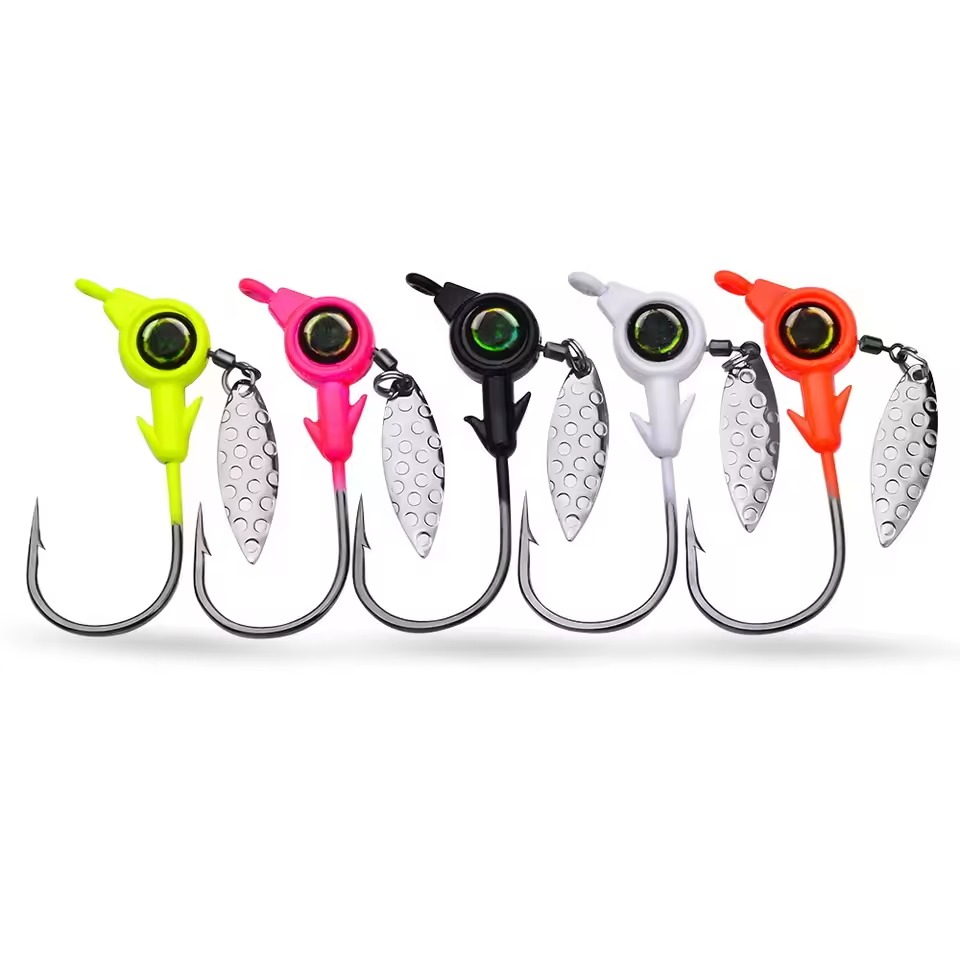
Step-by-Step Guide on How to Tie a Fishing Hook
Now that you understand the basics, let’s discuss the specific steps for tying a fishing hook effectively. Here, we’ll focus on a few popular knots that are particularly effective for various fishing applications.
1. The Improved Clinch Knot
The Improved Clinch Knot is one of the most popular and effective knots for tying hooks to fishing lines.
Steps
- Thread the Line: Start by threading the fishing line through the hook’s eye, ensuring that you leave several inches of line extending beyond the hook.
- Wrap the Tag End: Next, wrap the tag end of the line around the standing line about five to seven times.
- Pass Through the Loop: Pass the tag end through the small loop created just above the hook’s eye.
- Form the Final Loop: Take the tag end and pass it through the larger loop you formed with the initial wraps.
- Tighten: Pull the knot tight while wetting the line.
Advantages
- This knot offers high strength and is relatively easy to tie, perfect for both beginners and experienced anglers.
- The Improved Clinch Knot remains reliable for various fishing situations, providing excellent hold for different hook sizes.
Common Uses
- Use the Improved Clinch Knot for tying bait hooks, lures, and swivels, as it works effectively across multiple fishing techniques.
2. The Palomar Knot
Another effective knot for tying fishing hooks is the Palomar Knot, known for its strength and simplicity.
Steps
- Double the Line: Start by doubling about six inches of line and passing it through the hook eye.
- Create an Overhand Knot: Create a simple overhand knot but don’t tighten it completely.
- Loop the Hook Back: Loop the end of the line through the hook again, coming from behind.
- Pull Tight: Finally, pull on both the standing line and the tag end to tighten the knot securely, and trim any excess line.
Advantages
- The Palomar Knot is incredibly strong, making it a popular choice for heavy-duty fishing applications.
- It is also simple to learn, making it suitable for anglers of all experience levels.
Common Uses
- This knot is particularly useful for tying on lures and heavy hooks, especially in saltwater or bass fishing scenarios.
3. The Loop Knot
The Loop Knot allows for more movement of the bait and is particularly useful when fishing with live bait or lures.
Steps
- Thread the Line: Start by threading the line through the hook eye and forming a loop.
- Wrap the Tag End: Take the tag end and wrap it around the standing line and the loop five to seven times.
- Pass the Tag End Through: Pass the tag end back through the loop you formed initially.
- Tighten: After pulling everything tight, trim any excess line.
Advantages
- The Loop Knot provides a swivel point for baits or lures, allowing them to move more freely and mimic natural behavior in the water.
- This movement can make your bait more appealing to fish.
Common Uses
- Use the Loop Knot for live bait rigging or with swim baits where motion is key to attracting fish.
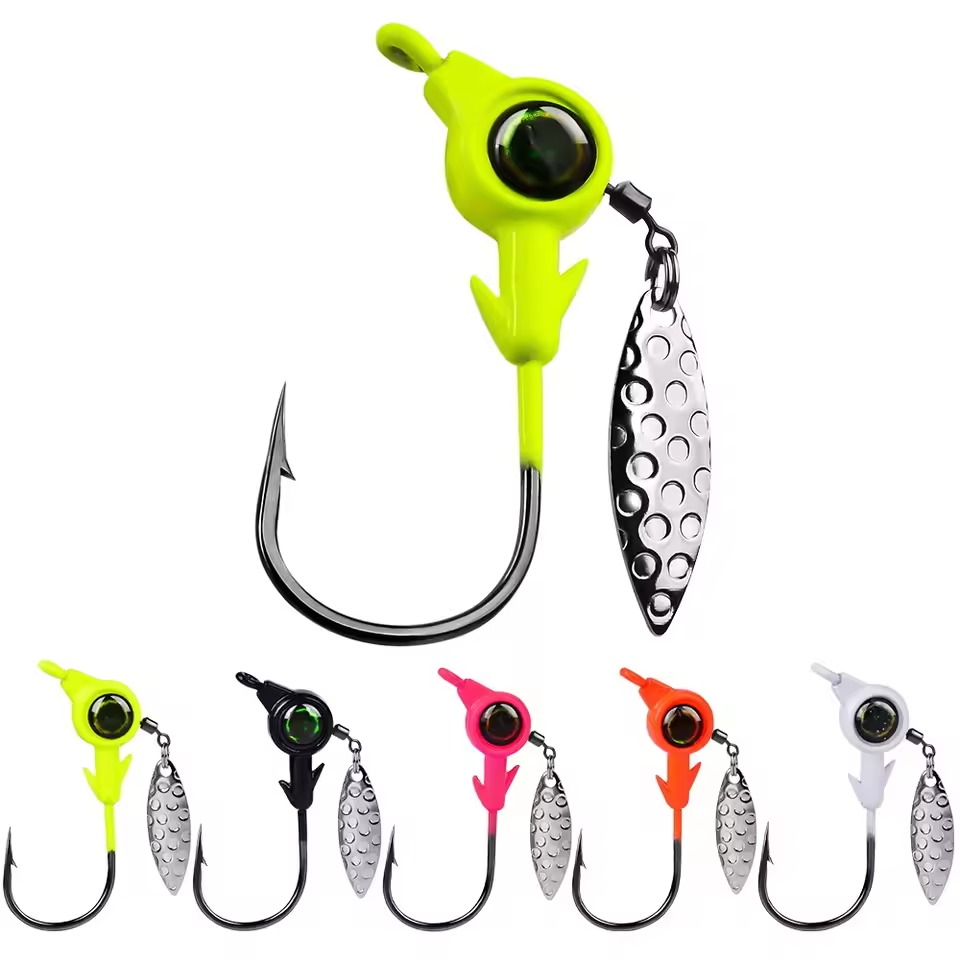
Tips for Tying a Fishing Hook
While knowing how to tie the knots is essential, several tips can further enhance your fishing experience.
1. Practice Regularly
- Just like any skill, practice makes perfect. Take some time to practice different knots until you feel comfortable tying them quickly and accurately.
- Consider practicing with a friend or fellow angler; they can provide useful feedback and tips as you hone your skills.
2. Use Quality Line
- Choosing a quality fishing line can make a significant difference in both tying knots and ensuring a secure hold. High-quality lines tend to hold knots more effectively and withstand wear and tear better.
- If you’re fishing in challenging conditions, such as rocky riverbeds or saltwater, opt for a durable braided line that complements your knots.
3. Moisten Your Knot
- Always wet your knot before tightening to reduce friction and avoid damaging the line. This simple tip can prolong the life of your fishing line and improve overall performance.
4. Use the Right Equipment
- Having good-quality hooks and fishing lines is crucial. Make sure you’re using the correct gear that fits the type of fishing you’re doing.
- Sometimes, using specialized tools like knot-tyers can simplify the process, especially for intricate knots.
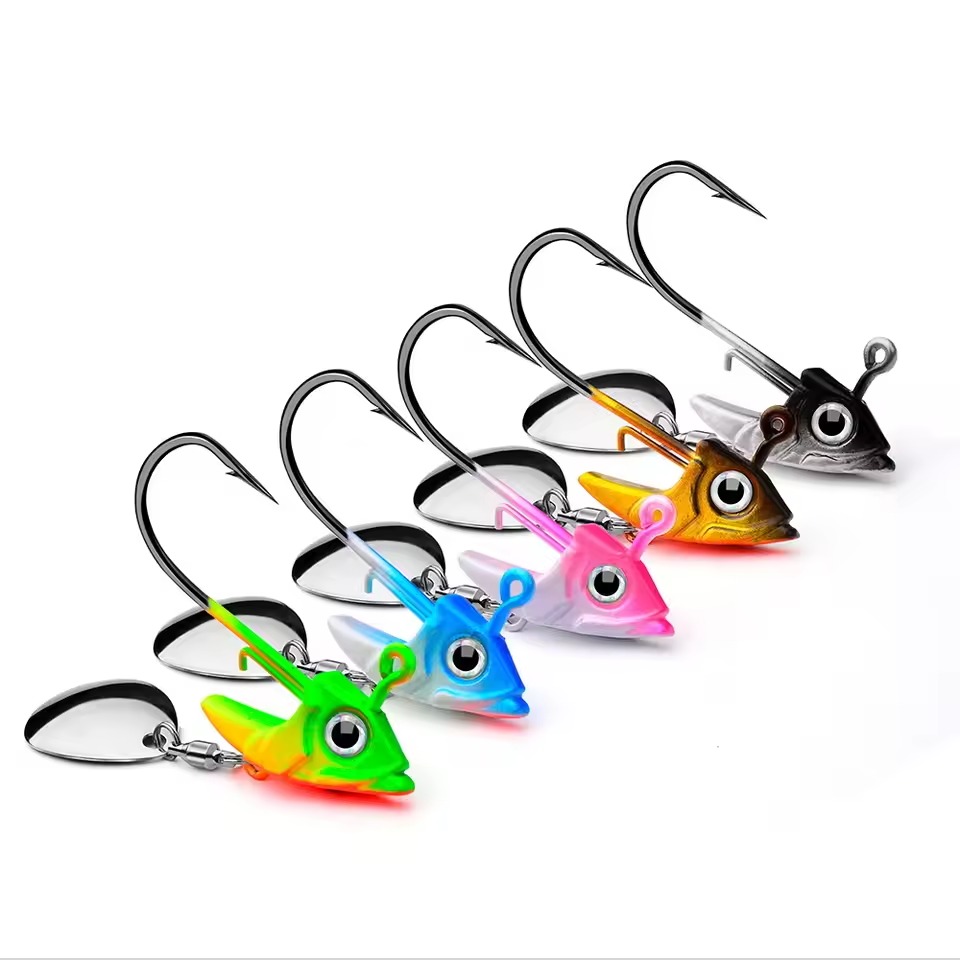
Common Mistakes to Avoid
When learning how to tie a fishing hook, it’s essential to be aware of common mistakes that can hinder your fishing success.
1. Forgetting to Test the Knot
- After tying your knot, always give it a gentle tug to ensure its security before casting. Testing the knot can help you avoid losing tackle and fish on your next cast.
- Failing to test can lead to disappointment when a big fish bites and your knot fails.
2. Using the Incorrect Knot for the Situation
- Using the wrong knot for your fishing conditions can impact performance. Each knot has specific applications where it excels; using them inappropriately can lead to various problems.
- Educate yourself on which knots are best suited for different fishing scenarios to avoid any errors.
3. Neglecting to Trim Extra Line
- After tying your knot, remember to trim any excess line. Leaving too much line can lead to tangles and may potentially spook fish as the extra line moves in the water.
- A clean and tidy rig not only looks better but functions more effectively.
4. Over-tightening the Knot
- While you want a tight knot, over-tightening can damage your fishing line, especially if it’s made of softer materials.
- Take care to apply a firm pull without overdoing it, ensuring the integrity of the line is maintained.
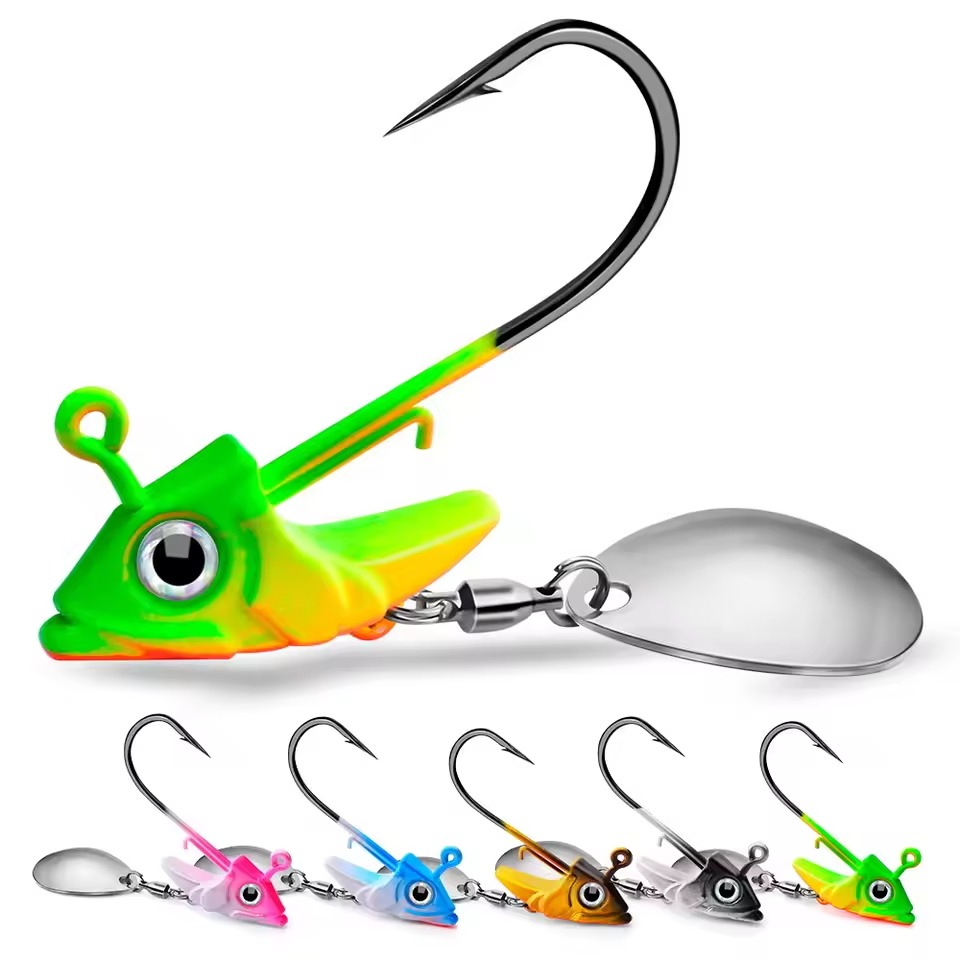
Advanced Fishing Knot Techniques
Once you master the basic knots, you may want to explore more advanced techniques that can further enhance your fishing performance.
1. Braid to Leader Knot
- If you often fish in both freshwater and saltwater environments, you might consider tying a braid to leader knot. This technique allows you to use a strong braided line with a more supple leader, improving lure action without sacrificing strength.
- A common knot for this is the FG Knot, which provides a slim profile that passes through guides easily.
2. Drop Shot Knot
- The Drop Shot Knot is particularly useful for drop shot fishing, a technique where bait sits above the weight. This knot allows the bait to move freely, increasing its effectiveness.
- To tie, create a loop with your line and wrap the tag end around the standing line multiple times, passing it through the loop and tightening.
3. Double Uni Knot
- The Double Uni Knot is excellent for joining two different lines together. This knot allows you to connect lines of different diameters or materials, which can be crucial in various fishing scenarios.
- To tie, overlap the two lines, create a loop with one line around the other, wrap several times, and then pass the end back through the loop.
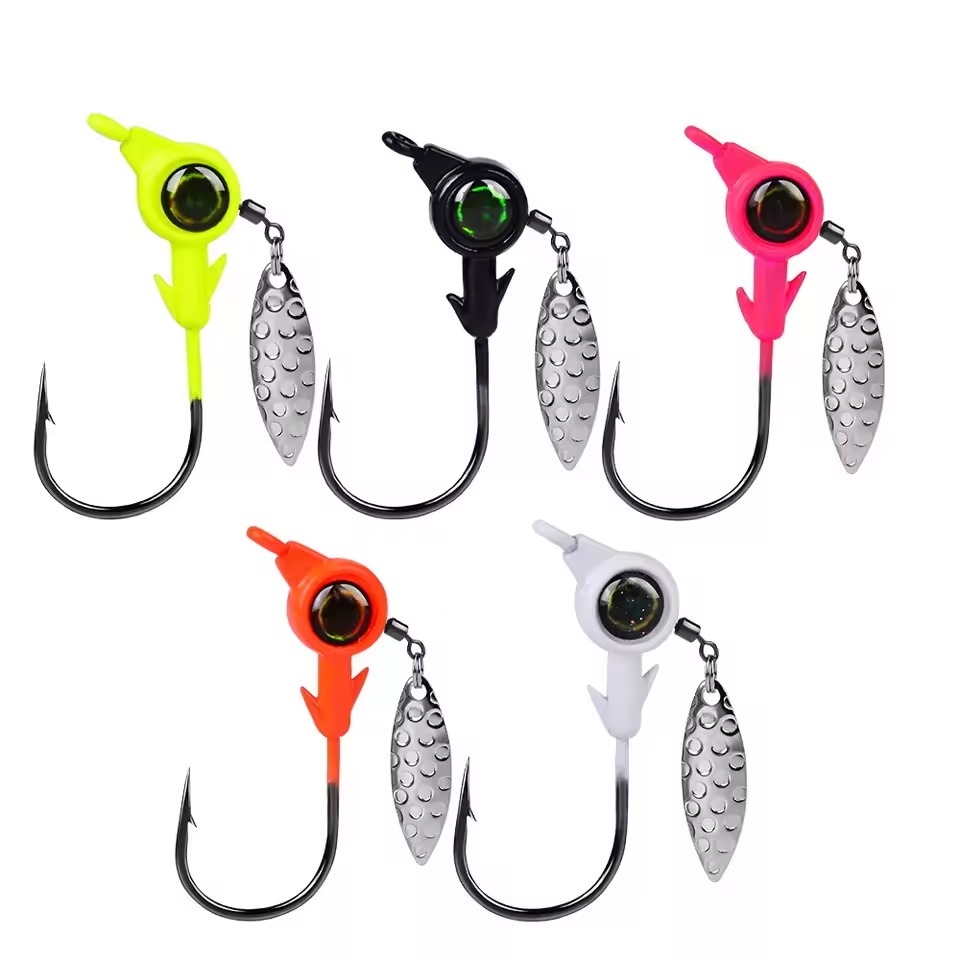
Conclusion
In conclusion, learning how to tie a fishing hook is a fundamental skill that every angler should master. The knots you choose can significantly affect your fishing success, impacting everything from bait presentation to hook security once a fish bites.
By practicing popular knots like the Improved Clinch Knot, Palomar Knot, and Loop Knot, you can ensure that you are well-prepared for any fishing challenge. Remember to follow best practices, avoid common mistakes, and continuously hone your skills.
As you prepare for your next fishing adventure, take pride in knowing you can tie the strongest and most effective fishing hooks. With practice, you’ll find that tying a fishing hook becomes second nature, allowing you to focus on what truly matters—the thrill of the catch. Moreover, mastering different knots not only enhances your performance but can make every fishing trip more enjoyable and successful.